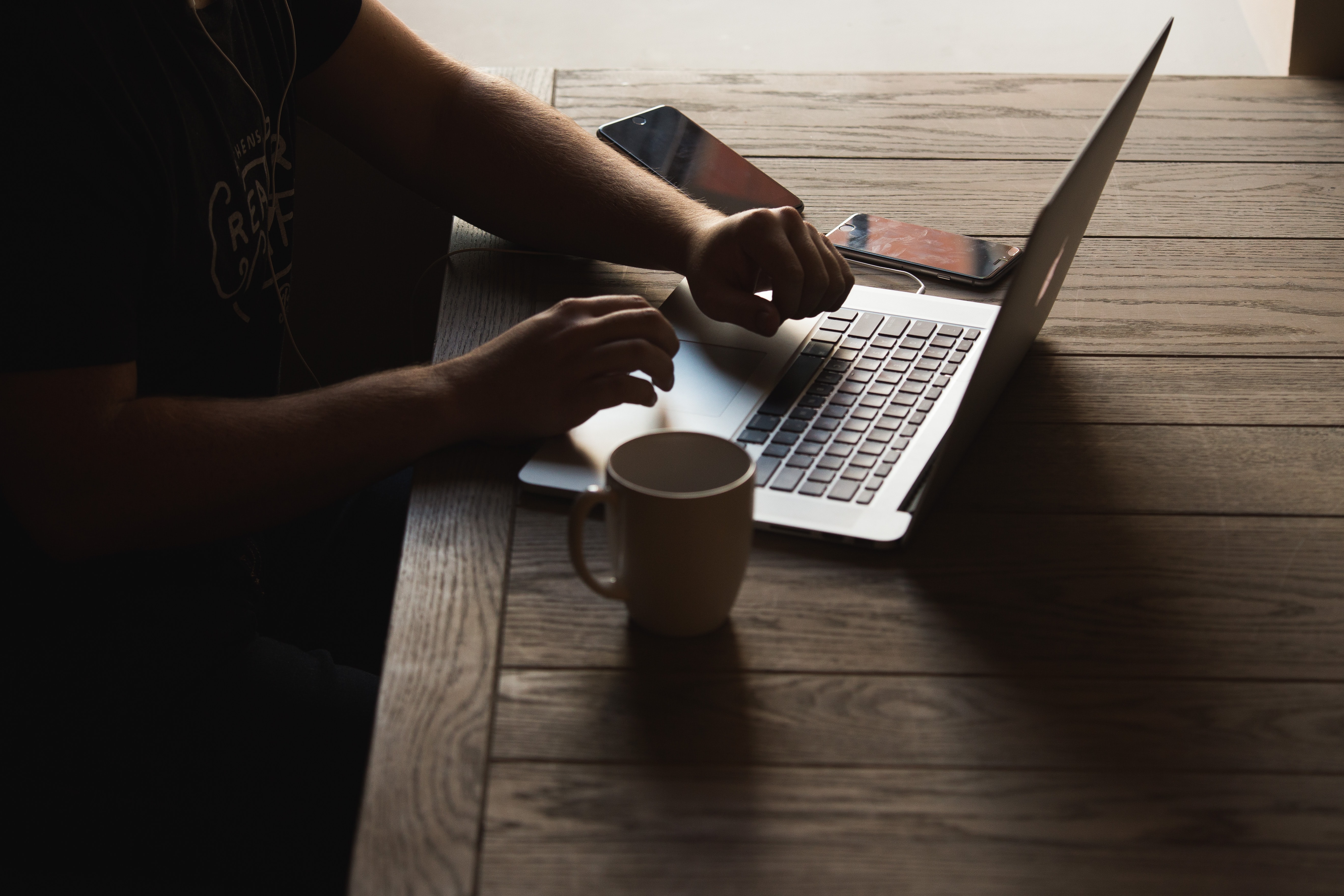
Opening a new business or starting a new organization with some friends has the same starting point: you see a problem, and think you might be able to offer better solutions than the ones already available. Sometimes you understand that this might help others, and they might be ready to pay for your solutions; sometimes, you know that people might not even realize that they have a problem, and you might be faced with apathy, suspicious faces, or even backlash. But once you see a problem that brings a lot of pain for the ones around you, or you just know deep in your heart that your solution could bring something good around you.
A green business should solve not only people’s problems but also help nature to heal or, at least, to decrease the burden on the environment. For example, a young entrepreneur used recycled paper to create a lamp: half globes of pulp paper were created for restaurants, bistros, cafes, cinema entrance halls ,or tea houses from all over Romania. Designed by an architect, the 7Lampi (7 Lamps) project is an excellent starting point for understanding how to find real-life solutions that impact the environment.
Another example that goes along the same topic of recycling ready-found materials, and turning them into something more valuable is the Moth concept tables. The entrepreneur who started the business was fascinated by the imperfections found in wood pieces, and started looking for interesting but disregarded pieces in the ‘throw away’ pile from the wood-cutting factories or remaining from the old houses. He cleans the wood with his team, adds colored resin, and puts them on their feet. The results are some high-end pieces that would fit in any contemporary living room.
Recycling, and upcycling are a few easy-to-implement solutions, and with a bit of talent, and some space for a workshop, it’s easy to start a green business along this line. A much more difficult endeavor is to build something that impacts thousands of people’s lives, and will hopefully grow over several generations. There are a few very famous walking routes worldwide: Camino de Santiago, The Appalachian Trail or the Shikoku buddhist temple pilgrimage route (See more on https://www.academia.edu/37661281/Drumuri_care_re_unesc_Via_Transilvanica). The team acknowledges this inspiration: “Spain’s pilgrimage paths inspired us, as well as long-distance trails in the United States, and India. We see that such trails influence cultures, form communities, and contribute to the development of the areas they traverse.” - https://www.viatransilvanica.com/en/concept
Building from scratch the infrastructure for a new walking route was an endeavor born out of many passions that intersected: the love for extreme sports, the love for Romanian villages, the inspiration of the other walking routes from all over the world, and mostly, the deep love for nature. Having a beautiful natural landscape, Romania struggled for many years to find a good balance between an increase in tourism, and the need to preserve the rawness of the remote villages. Via Transilvanica wants to provide a way that allows true nature lovers to explore around 1400 kilometers of well-marked walking paths on foot, by bike, or on horseback.
The initiative was started in 2018 with the aim of mapping, and preparing 1000 kilometers of paths, and four years later, it was officially launched with a total of almost 1400 kilometers. The initiative managed to gather much support from private persons, organizations, and companies from all over Romania. It is a perfect example of how you can build an initiative around natural resources in a sustainable way (“The road is marked with specific identification elements, made of sustainable materials which will allow the traveler to navigate along the way.”https://www.viatransilvanica.com/en/concept) not only at the level of materials used but also by emphasizing the small local economies from the villages along the path. Those villages will be the most direct beneficiaries of the incoming tourists as they provide accommodation, and locally grown food.
As we said in the beginning, not always a need obvious for those with it. In the Via Transilvanica case, the people from the villages were not sure they could provide services for tourists, nor could they have brought, and attracted the tourists by themselves. The resources they can provide are among the most natural, and green you could imagine, yet they couldn’t transform them into value by themselves. In the beginning, some of them were reticent, not quite understanding why people from big cities would be interested to passing through their villages, but they quickly saw that there was a lot of potential to improve their income by offering passengers services.
